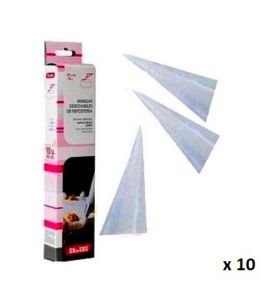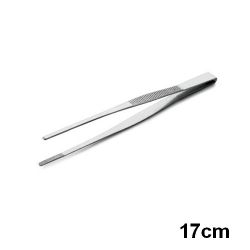
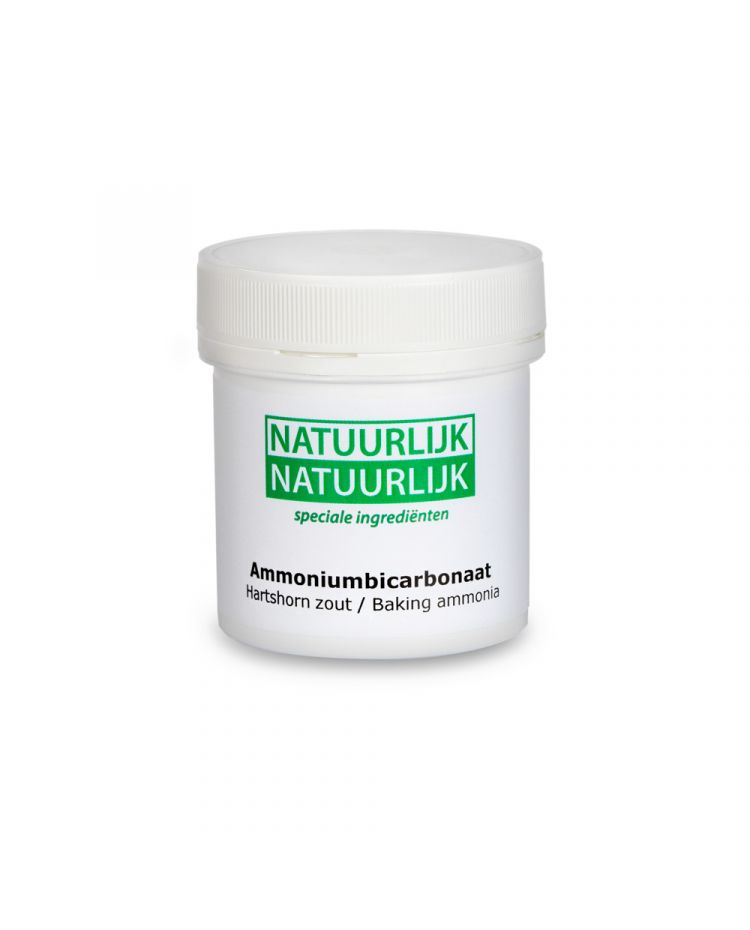
Ammonium Bicarbonate - E503(ii)

€4.95
Tax included
Ammonium Bicarbonate - E503(ii) - NATUURLIJK NATUURLIJK - 80g
Ammonium Bicarbonate - E503(ii) - NATUURLIJK NATUURLIJK - 80g
You might also like
10 other products in the same category:
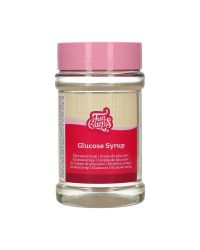
Glucose FUNCAKES
€7.75
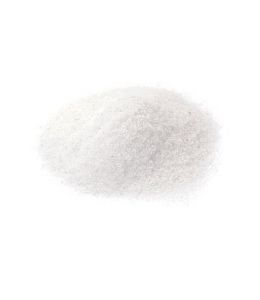
Nitrite Salt (curing salt)
€6.90
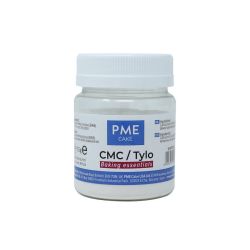
Cellulose Gum (Tylo) - CMC - E466
€5.85
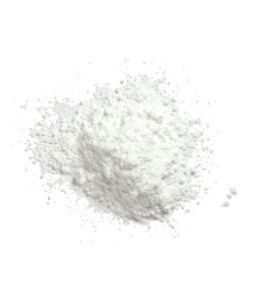
Dextrose Sugar
€4.85

Whipping Cream Stabilizer (neutral)
€5.30

Xanthan Gum - E415
€5.95
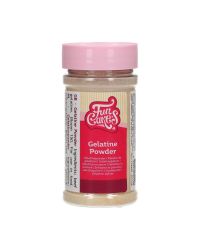
Gelatin Powder 150 Bloom - 60g
€5.75
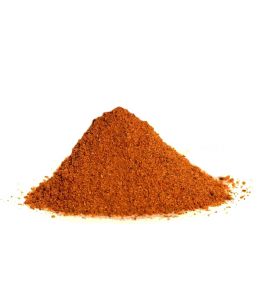
Gingerbread Spice Mix
€5.55
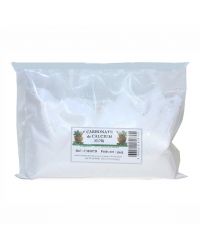
Calcium carbonate
€6.95
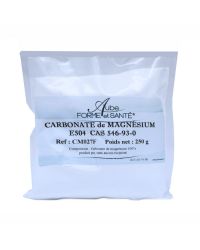
Magnesium carbonate
€7.55
Comments (1)
Grade

 Six things to know about ammonium bicarbonate:
Six things to know about ammonium bicarbonate: